Introduction
Vinegar-pickled papaya, a tangy and refreshing dish, has gained popularity across the globe for its unique blend of sweet, sour, and slightly spicy flavors. This culinary creation not only tantalizes the taste buds but also offers a myriad of health benefits, thanks to the nutritional prowess of papaya and the probiotic properties of vinegar. Whether you’re a seasoned home cook or a curious food enthusiast, mastering the art of preparing vinegar-pickled papaya can elevate your meals and impress your guests. This comprehensive guide will walk you through every step of the process, from selecting the perfect papaya to storing the finished product. By the end, you’ll have a batch of vibrant, crunchy pickles ready to enhance salads, sandwiches, or even grilled dishes. Let’s dive into the world of pickling and discover how to transform a humble papaya into a zesty delight.
Understanding the Basics of Pickling
Pickling is an ancient preservation method that involves immersing food in a brine or vinegar solution to inhibit bacterial growth and extend shelf life. While fermentation-based pickles rely on natural bacteria to produce lactic acid, vinegar-based pickles use acetic acid to achieve a quick, tangy flavor. Vinegar-pickled papaya falls into the latter category, offering a bright, acidic punch without the waiting time required for fermentation.
The choice of vinegar is crucial in this recipe. White vinegar, apple cider vinegar, and rice vinegar are all viable options, each contributing a distinct flavor profile. White vinegar provides a sharp, neutral acidity, while apple cider vinegar adds a subtle fruity note. Rice vinegar, with its mild sweetness, is ideal for those seeking a gentler tang. Experimenting with different vinegars can yield exciting variations, so feel free to tailor the recipe to your palate.
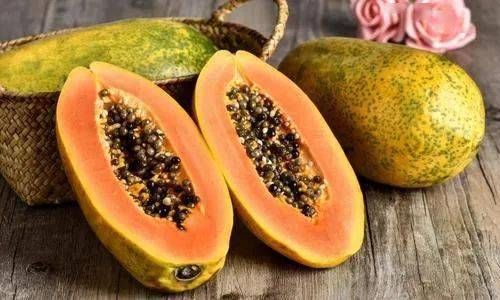
Selecting the Perfect Papaya
The foundation of exceptional vinegar-pickled papaya lies in selecting a ripe yet firm fruit. Overripe papayas will turn mushy during pickling, while underripe ones may lack sweetness. Look for a papaya with vibrant green or yellow skin, depending on the variety. Gently press the fruit—it should yield slightly to pressure but not feel soft. Avoid specimens with bruises, mold, or excessive blemishes.
In tropical regions, papayas are abundant year-round, but in temperate zones, they may be seasonal. If fresh papaya is unavailable, consider using frozen or canned varieties. However, note that frozen papaya may become soggy upon thawing, and canned papaya often contains added sugars or preservatives, which could alter the final flavor. Whenever possible, opt for fresh, locally sourced fruit for the best results.
Gathering Your Ingredients and Tools
Before embarking on the pickling process, assemble all necessary ingredients and equipment. This preparation streamlines the cooking process and minimizes the risk of errors.
Ingredients (yields approximately 1 quart of pickles):
- 1 medium-sized papaya (about 2 pounds)
- 5 cups vinegar (white, apple cider, or rice vinegar)
- 1 cup water
- ½ cup granulated sugar (adjust to taste)
- 1 tablespoon salt
- 3–4 garlic cloves, thinly sliced
- 1–2 Thai bird’s eye chilies (or 1 jalapeño, deseeded and sliced)
- 1 teaspoon mustard seeds (optional)
- 1 teaspoon coriander seeds (optional)
- 4–5 black peppercorns (optional)
- 1 bay leaf (optional)
Tools:

- Chef’s knife and cutting board
- Vegetable peeler
- Spoon or melon baller (for seed removal)
- Mandoline slicer or sharp knife (for uniform slices)
- Large mixing bowl
- Colander or strainer
- Clean glass jars with lids (sterilized)
- Saucepan (for brine preparation)
- Tongs or slotted spoon (for jar filling)
Step-by-Step Preparation Guide
Preparing the Papaya
Begin by washing the papaya under cool running water to remove dirt or debris. Pat it dry with a clean kitchen towel. Using a vegetable peeler, carefully remove the skin, working from the top to the bottom in smooth strokes. Once peeled, slice the papaya in half lengthwise. Use a spoon or melon baller to scoop out the seeds and fibrous membrane from the center. Discard the seeds or reserve them for another use (they can be roasted and used as a garnish).
Slicing the Papaya
The thickness of your papaya slices will influence the texture of the pickles. Thinner slices (1/8–1/4 inch) will soften more quickly, while thicker slices (1/2 inch) retain a satisfying crunch. For uniformity, use a mandoline slicer adjusted to your desired thickness. If slicing by hand, ensure each piece is roughly the same size to promote even pickling.
Salting the Papaya (Optional)
Salting the papaya slices before pickling draws out excess moisture, resulting in a crisper texture. Place the slices in a large bowl, sprinkle with 1 tablespoon of salt, and toss gently to coat. Let them sit for 30–45 minutes. You’ll notice liquid accumulating at the bottom of the bowl—this is normal. Rinse the slices thoroughly under cold water to remove excess salt, then pat them dry with paper towels. Skip this step if you prefer a softer texture.
Preparing the Pickling Brine
In a saucepan, combine the vinegar, water, sugar, salt, and any optional spices (mustard seeds, coriander seeds, peppercorns, bay leaf). Stir over medium heat until the sugar and salt dissolve completely. Bring the mixture to a simmer, then reduce the heat to low and let it steep for 5–7 minutes. This allows the spices to infuse the brine with aromatic flavors. Remove from heat and let the brine cool slightly.
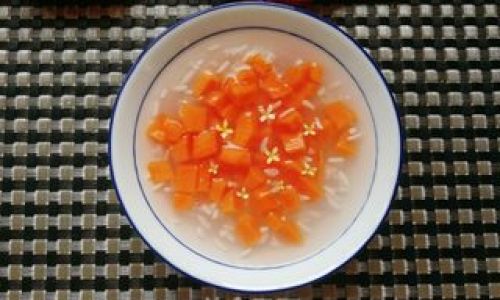
Assembling the Jars
While the brine cools, prepare your sterilized jars. Divide the sliced garlic and chilies evenly between the jars. If using whole spices, add them directly to the jars as well. Pack the papaya slices tightly into the jars, leaving about ½ inch of headspace at the top to prevent overflow during processing.
Pouring the Brine
Carefully pour the warm brine into each jar, ensuring the papaya slices are fully submerged. Use a butter knife or chopstick to gently remove air bubbles trapped between the slices. Wipe the jar rims with a clean, damp cloth to ensure a proper seal. Secure the lids tightly but avoid overtightening, as air must escape during cooling.
Cooling and Storing
Allow the jars to cool to room temperature before transferring them to the refrigerator. The pickling process begins immediately, but the flavors will meld and intensify over time. For the best results, wait at least 24 hours before sampling the pickles. They will keep in the refrigerator for up to 3 months, though they’re most vibrant within the first month.
Variations and Customizations
One of the joys of pickling is the freedom to experiment with flavors. Here are some creative twists to customize your vinegar-pickled papaya:
- Spicy Pickles: Add extra chilies, red pepper flakes, or a dash of hot sauce to the brine.
- Sweet and Sour: Increase the sugar to ¾ cup and toss in a handful of raisins or sliced ginger.
- Herb-Infused: Tuck fresh herbs like cilantro, basil, or dill into the jars before pouring the brine.
- Citrus Zing: Grate lemon or lime zest into the brine for a citrusy kick.
- Turmeric Glow: Add a pinch of turmeric to the brine for a golden hue and earthy flavor.
Troubleshooting Common Issues
Even seasoned picklers encounter hiccups. Here’s how to address common problems:
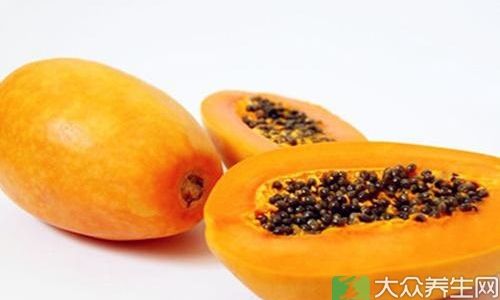
- Mushy Papaya: Overripe fruit or insufficient salting can cause sogginess. Stick to firm papayas and salt aggressively if crispness is a priority.
- Cloudy Brine: This is usually harmless and caused by starch or pectin from the papaya. If mold appears, however, discard the batch immediately.
- Bland Flavor: Allow more time for the flavors to develop. Next time, adjust the seasoning or add more spices.
- Too Salty: Soak the pickles in cold water for 30 minutes before serving to leach out excess salt.
Health Benefits of Vinegar-Pickled Papaya
Beyond its culinary appeal, vinegar-pickled papaya boasts an impressive nutritional profile. Papaya is rich in vitamin C, vitamin A, folate, and fiber, all of which support immune function, digestion, and skin health. The enzymes papain and chymopapain, found in papaya, aid in breaking down proteins, making this pickle a digestive aid.
Vinegar, particularly apple cider vinegar, has been linked to improved blood sugar control, weight management, and heart health. The probiotic bacteria in fermented pickles (though not present in vinegar-based pickles) offer gut benefits, but vinegar itself contains antioxidants that combat inflammation.
Cultural Significance of Papaya Pickles
In many tropical cultures, pickling is a time-honored tradition to preserve seasonal produce. In Southeast Asia, for example, achar—a category of pickled fruits and vegetables—often features papaya. In the Philippines, atsara is a beloved side dish made from grated papaya, carrots, and bell peppers pickled in vinegar. In Jamaica, pickled papaya is a staple condiment served with jerk chicken or fried fish.
These cultural variations highlight the versatility of papaya and the universal appeal of pickling. By making vinegar-pickled papaya, you’re not just cooking—you’re participating in a centuries-old ritual that bridges continents and generations.
Serving Suggestions and Pairings
Vinegar-pickled papaya’s bright acidity and crunch make it a versatile accompaniment to a wide range of dishes. Here are some creative ways to enjoy it:
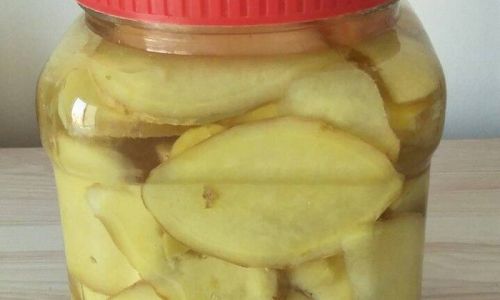
- Salads: Toss with mixed greens, cherry tomatoes, and avocado for a refreshing salad.
- Sandwiches: Layer on grilled cheese, banh mi, or burgers for a tangy contrast.
- Grilled Meats: Serve alongside pork chops, chicken skewers, or fish tacos to cut through richness.
- Rice Bowls: Add to poke bowls, bibimbap, or fried rice for a pop of flavor.
- Cheese Plates: Pair with sharp cheddar, goat cheese, or brie for a gourmet appetizer.
Conclusion
Vinegar-pickled papaya is a testament to the magic of simple ingredients transformed by time and technique. With its balance of sweetness, acidity, and spice, this pickle elevates everyday meals into memorable feasts. Whether you’re a purist adhering to tradition or a culinary adventurer pushing boundaries, this recipe offers endless opportunities for creativity. So grab a papaya, fire up your stove, and embark on a pickling journey that will delight your senses and nourish your body. Your future self—and your dinner guests—will thank you.


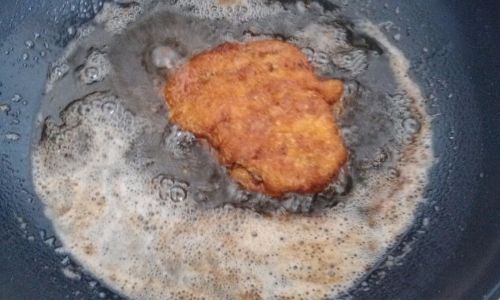
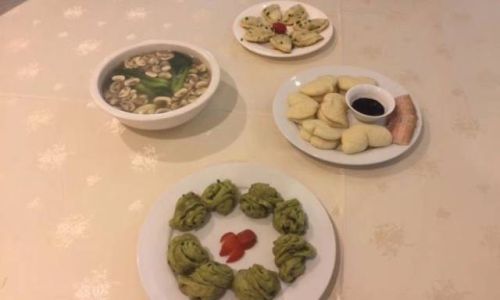
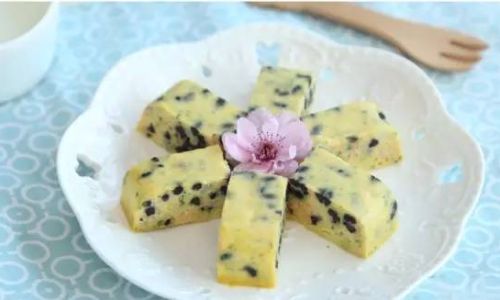

0 comments